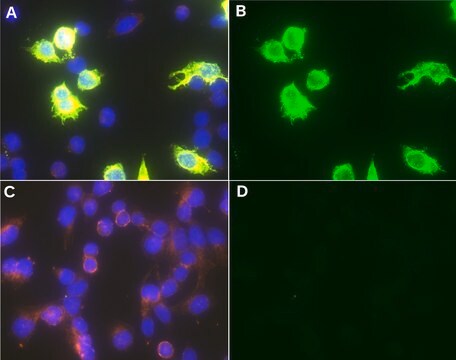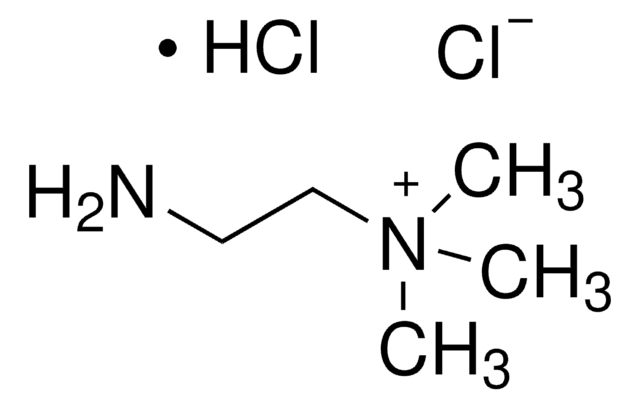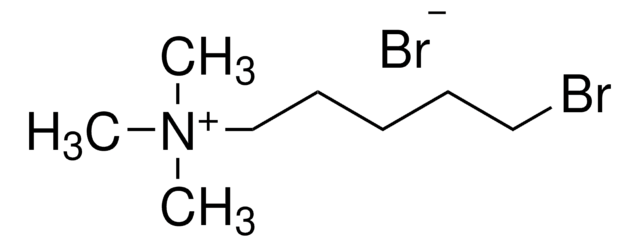Wichtige Dokumente
C4049
2-Chlorethyltrimethylammoniumchlorid
suitable for plant cell culture, BioReagent
Synonym(e):
Chlorcholinchlorid, Chlormequatchlorid, Cholin-dichlorid
About This Item
Empfohlene Produkte
Produktlinie
BioReagent
Qualitätsniveau
Form
powder
Methode(n)
cell culture | plant: suitable
Anwendung(en)
agriculture
SMILES String
[Cl-].C[N+](C)(C)CCCl
InChI
1S/C5H13ClN.ClH/c1-7(2,3)5-4-6;/h4-5H2,1-3H3;1H/q+1;/p-1
InChIKey
UHZZMRAGKVHANO-UHFFFAOYSA-M
Suchen Sie nach ähnlichen Produkten? Aufrufen Leitfaden zum Produktvergleich
Allgemeine Beschreibung
Biochem./physiol. Wirkung
Signalwort
Danger
H-Sätze
Gefahreneinstufungen
Acute Tox. 3 Dermal - Acute Tox. 4 Oral
Lagerklassenschlüssel
6.1C - Combustible acute toxic Cat.3 / toxic compounds or compounds which causing chronic effects
WGK
WGK 2
Flammpunkt (°F)
Not applicable
Flammpunkt (°C)
Not applicable
Persönliche Schutzausrüstung
dust mask type N95 (US), Eyeshields, Faceshields, Gloves
Hier finden Sie alle aktuellen Versionen:
Besitzen Sie dieses Produkt bereits?
In der Dokumentenbibliothek finden Sie die Dokumentation zu den Produkten, die Sie kürzlich erworben haben.
Kunden haben sich ebenfalls angesehen
Unser Team von Wissenschaftlern verfügt über Erfahrung in allen Forschungsbereichen einschließlich Life Science, Materialwissenschaften, chemischer Synthese, Chromatographie, Analytik und vielen mehr..
Setzen Sie sich mit dem technischen Dienst in Verbindung.













